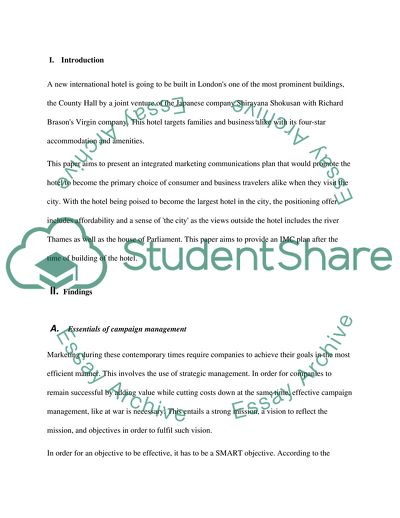Cite this document
(Marketing Communications Plan for the Hotel Case Study - 1, n.d.)
Marketing Communications Plan for the Hotel Case Study - 1. Retrieved from https://studentshare.org/marketing/1724312-advertising-and-promotion
Marketing Communications Plan for the Hotel Case Study - 1. Retrieved from https://studentshare.org/marketing/1724312-advertising-and-promotion
(Marketing Communications Plan for the Hotel Case Study - 1)
Marketing Communications Plan for the Hotel Case Study - 1. https://studentshare.org/marketing/1724312-advertising-and-promotion.
Marketing Communications Plan for the Hotel Case Study - 1. https://studentshare.org/marketing/1724312-advertising-and-promotion.
“Marketing Communications Plan for the Hotel Case Study - 1”, n.d. https://studentshare.org/marketing/1724312-advertising-and-promotion.


